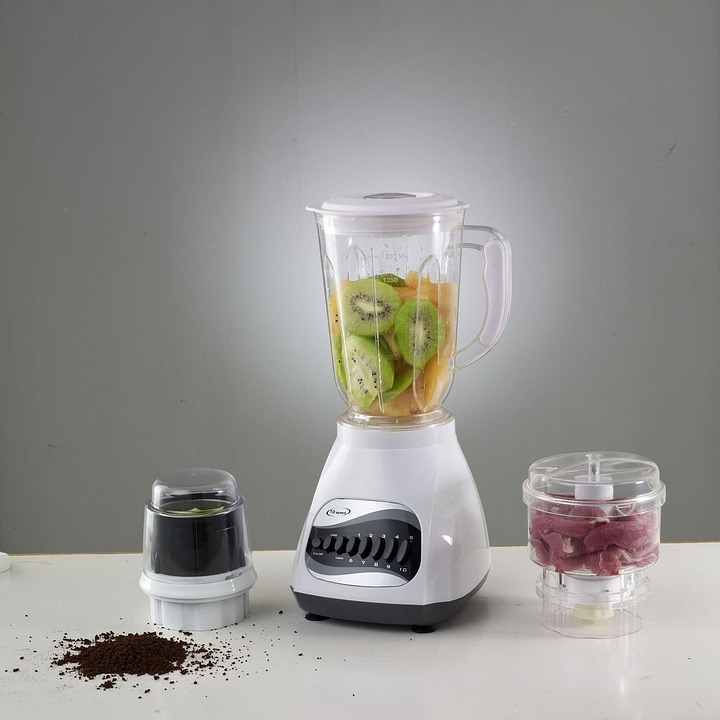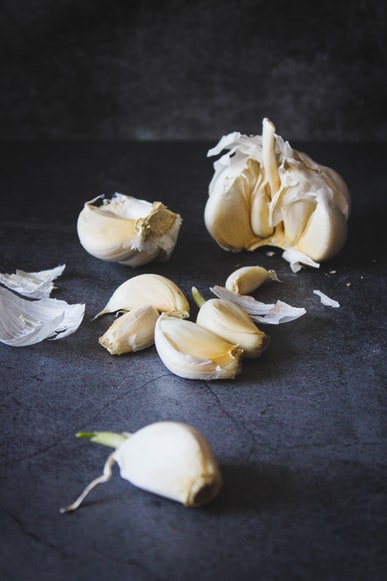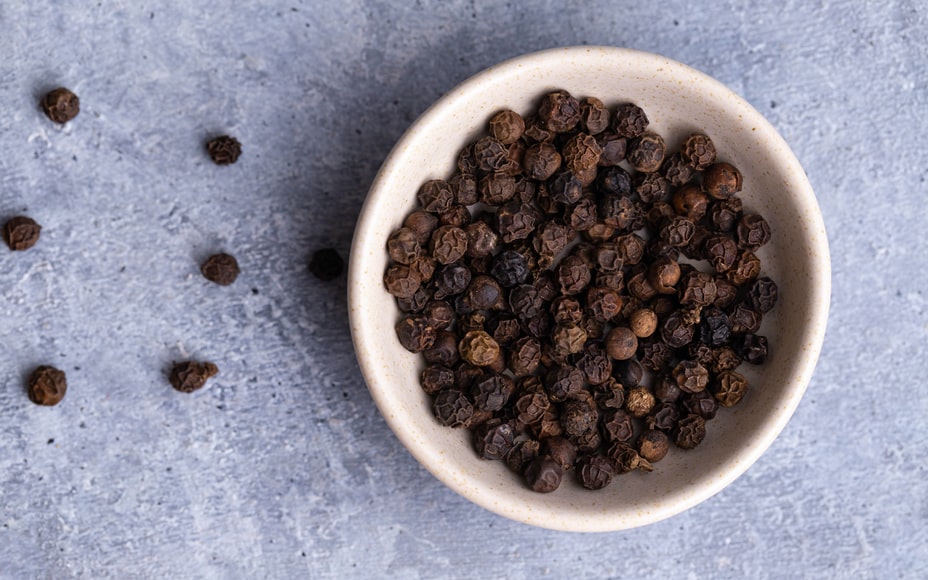From making sauces, smoothies, hummus, margarita, and baby foods, we think it’s safe to say that the blender is one of the super versatile kitchen appliances out there. We know that experimenting on how to use your more effectively can lead to some pretty incredible and delicious dishes. But it is also crucial for you to know that in order for your trusty blender to last, you should know that there are other foods that your blender isn’t built for. That is why if you want to get the most out of your blender and keep it in tip-top shape, read along because we are here to enumerate the foods you should not put in your blender.
-
Potatoes
Potatoes are thick and starchy, so they do not typically mix well in a blender. The speed and blade of the blender will overwork the potatoes, which in turn will cause them to release too much starch. Dense foods will prevent the blender’s blade from spinning effectively, which is why its motor will have to work harder, which can lead to your blender overheating. Not only that, a blending potato will not result in the fluffy texture we’re used in mashed potatoes, and it will also taste as good as we imagined.
-
Hot liquids
Putting hot liquids in your blender is a big red flag. This is because hot foods generate steam which can quickly create pressure in your blender. This can lead to the liquid exploding and potentially burning anyone near you. If you want to puree hot liquids, we suggest that you use an immersion blender. If you do not have one, at least blend safely by letting the liquid cool down first before transferring it to your blender, and make sure that you fill the blender no more than halfway.
-
Whole Nuts

-
Cauliflower
Today, most people are discovering the health benefits of cauliflower. But, when it comes to how most people are eating and preparing cauliflower today, such as cauliflower rice or cauliflower mash, a blender is not the right kitchen tool that you should use. This is because cauliflower becomes soggy when you cook it, which means it retains water whether you steam it, boils it, or microwave it. That is why putting cauliflower in a blender will give you a mushy consistency rather than the desired texture of cauliflower rice.
-
Room Temperature or Warm Leafy Greens
Green leafy vegetables such as collard greens, spinach, arugula, and kale are excellent ingredients for low-calorie smoothies. This is because they are high in fiber, low in sugar, and packed with vitamins and minerals that our body needs. However, as these leafy greens are good for you and go well in a smoothie, there’s a rule that you should follow: never put room temperature or warm leafy greens inside your blender. This is because the speed of the blender’s motor can turn your dish brown, which is why if you want to keep that vibrant green color, we suggest that you should ice your leafy greens for at least five minutes before you throw them inside your blender.
-
Dough
If you’re planning to bake and you do not have a stand mixer, or you’re just don’t feel like bringing out all the attachments, you may start to think that a blender might be an excellent alternative to make your dough. The motor spins so it can obviously make a dough, right? Wrong. Foods with a very thick consistency, such as dough, will turn out to be extra gooey when it’s mixed in a blender. Not only that, but dense foods will also prevent the blender’s blades from spinning effectively, making the motor work harder and resulting in overheating. This will not only destroy your blender it can also potentially trigger an electrical fire.
-
Food with Strong Flavors or Odors
Foods such as chilies and garlic possess intense flavors that may affect the rubber seal of your blender. Not only that, the juices of these foods can permanently taint the smell of your blender and leave some residual flavor as well. But if you cannot avoid not using the blender for these types of ingredients, we suggest that you cook them before blending to lessen the kick of flavor that it will leave behind.
-
Bones
We think that it’s pretty apparent that you should not rely on your blender when it comes to pulverizing bones. Large bones such as beef, chicken, or pork can break or dull the blender’s blade and possibly even the container, too. Smaller bones that are found in fish will not do as much harm, but they can cause your blender to jam. That is why if you want to blend fish, we suggest that you should remove the larger bones first and make sure that there’s enough liquid inside the blender to keep things moving.
-
Ice Cubes
Ice cubes may not break quickly and finely by using a standard blender, as tempting as it may seem. Doing so may result in dulling or cracking of the blades and uneven chunks of ice. That is why before you blend your ice cubes, we suggest that you should read your blender’s instruction manual first and see if it’s made to crush or chop ice cubes and other ingredients.
-
Black Pepper
Black pepper is considered the king of spices because it adds depth, heightens the flavor, and adds a zing to any dish that it’s sprinkled on. Most chefs recommend using freshly ground black peppercorns because they have a more robust and vibrant flavor than the pre-ground peppercorns. That is why if you do not have a peppermill in your kitchen and you want to use freshly ground peppercorns, you might be tempted to use your blender to grind black pepper. However, keep in mind that there are better tools out there that are much suitable in blending spices, such as black pepper. You can use a mortar and pestle or a spice grinder to do the job. Blending black peppercorns can cause spice particles to float up the air and create a spice cloud that can trigger a sneezing fit.









